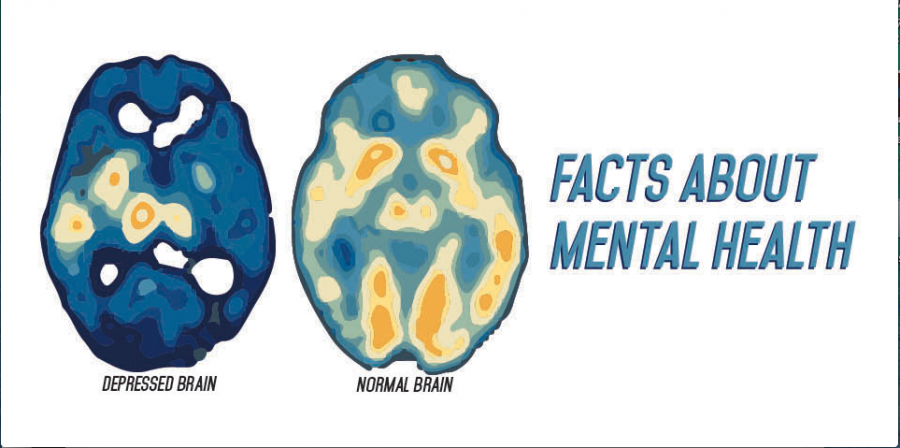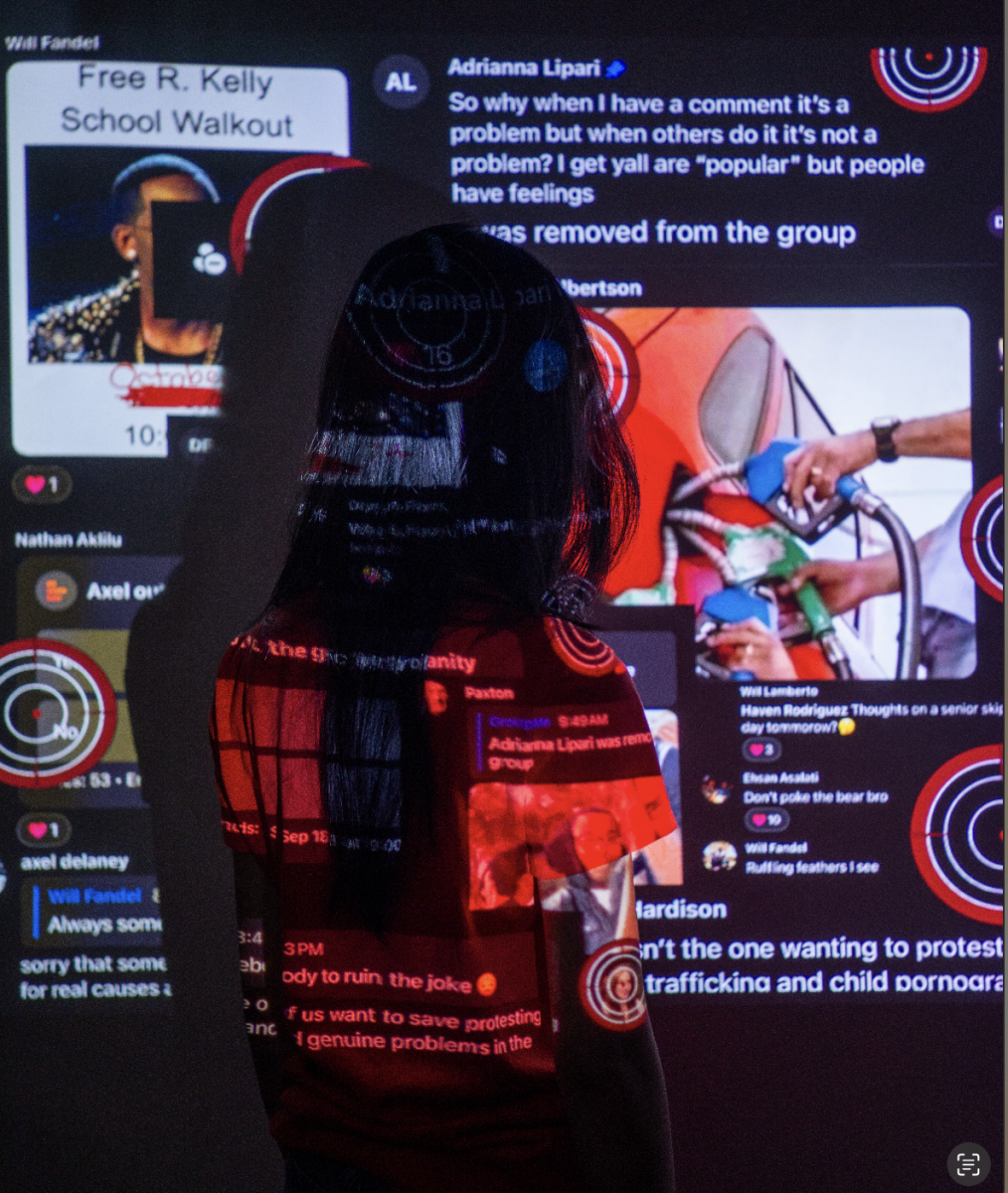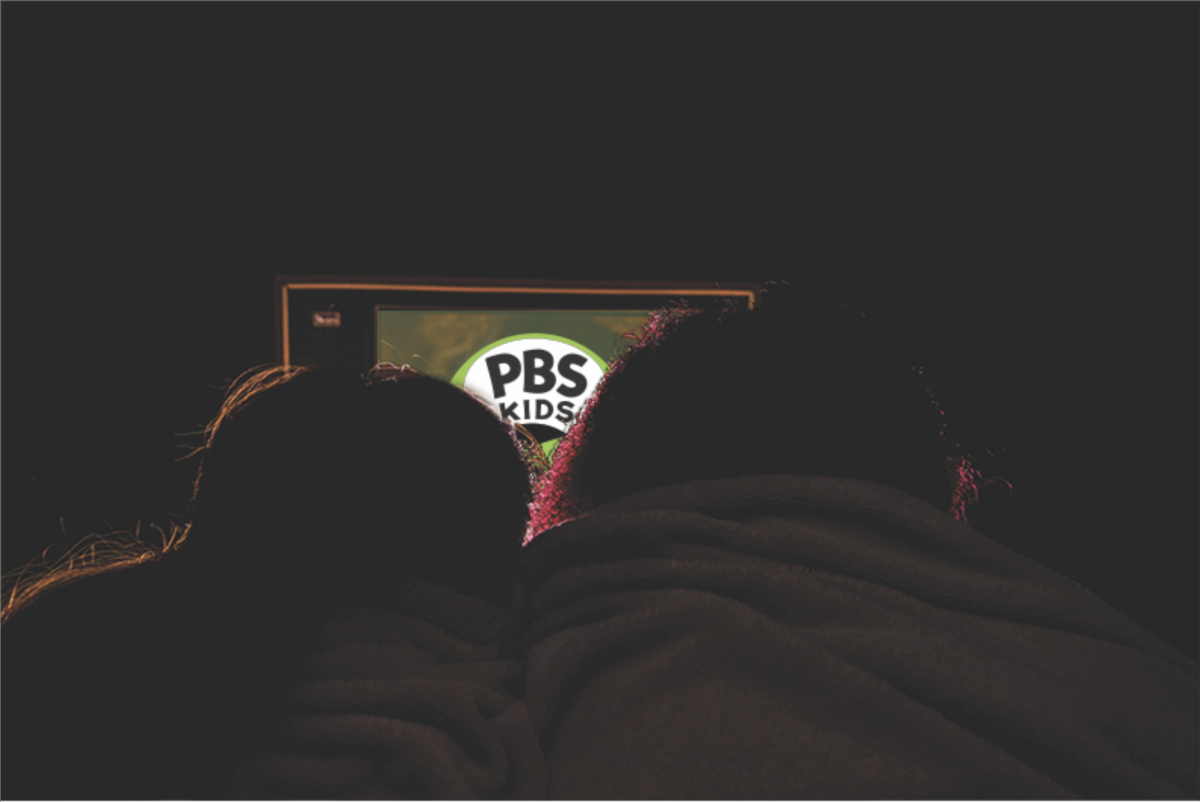+Cadie Elder
Glore Psychiatric Museum was previously an asylum, located in St. Joseph, Mo., where mentally ill patients would be immersed in dunking baths or fastened in confinement beds. One patient swallowed a total of 453 nails.
On March 3, Advanced Placement, International Baccalaureate and Psychology 2 students visited the allegedly haunted grounds.
“It gives an opportunity to see what some of the treatments have been previously and the history of psychiatry and mental health,” psychology teacher Amy Walker said.
Methods such as hydrotherapy were used to treat mentally ill patients. These treatments would include immersing patients into cold water until they went unconscious.
“Even today some types of therapy will tell people to go take a cold shower to shock your body back into homeostasis,” Walker said. “That has not changed considerably, the approach to how we do it has changed.”
Patients also created artwork as a form of therapy. IB Psychology student Tacia Burgin said there were three underground tunnels in the museum, but students only saw one: the art tunnel.
“They gave the paint and paintbrushes and told them to paint their feelings on the wall,” Burgin said. “It was happier than I expected.
In the classroom
AP Psychology students have been learning about abnormal psychology, or the study of unusual patterns of behaviors, thoughts and emotions.
“We talk about people and why they do the things that they do,” Walker said.
IB Psychology classes cover similar topics through the use of research studies. Walker said students learn how to conduct experiments and interpret research. Burgin conducted an experiment at a Price Chopper to prove that social norms are different, depending on where you are.
“I started doing cheers,” Burgin said. “We even stunted, put up preps and almost got kicked out because it wasn’t normal to the store.”
IB Psychology student Jacob Steinle also did an experiment based on the hypothesis that a human memorizes words that are related to one another.
“There were two lists of words,” Steinle said. “The first list, which was the experimental, had words that were grouped together in a category. The other was of random words that had no association with each other. Our results refuted the hypothesis. There was no significance.”
Burgin loves psychology and said she loves to watch people. She has learned the preferences people have and how unexpected they are.
“I want to be a child psychologist,” Burgin said. “It would be more of counseling a child, teaching them how to deal with certain issues or people around them. It is basically like a therapy session for children. I love kids and I love psychology.”The presence of mental health issues among teenagers across the United States is an ongoing issue. According to the U.S. Department of Health and Human Services, 50 percent of mental illnesses show signs before the age of 14.
- 2 out of 10 teenagers live with a mental illness, ranging from age 13 to 18
- 9 out of 10 who committed suicide had a mental illness
- 50 percent of teenagers, 14 years and above, who drop out of school suffer from a mental illness
- less than 20 percent of teenagers who are diagnosed with mental disorders receive the proper treatment
- 1 out of 10 teenagers have experienced depression




